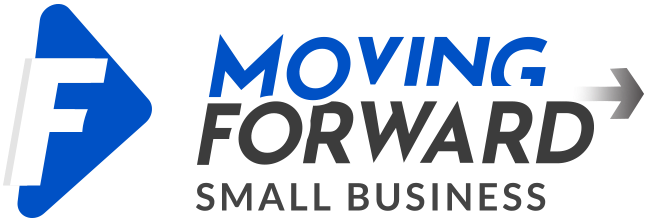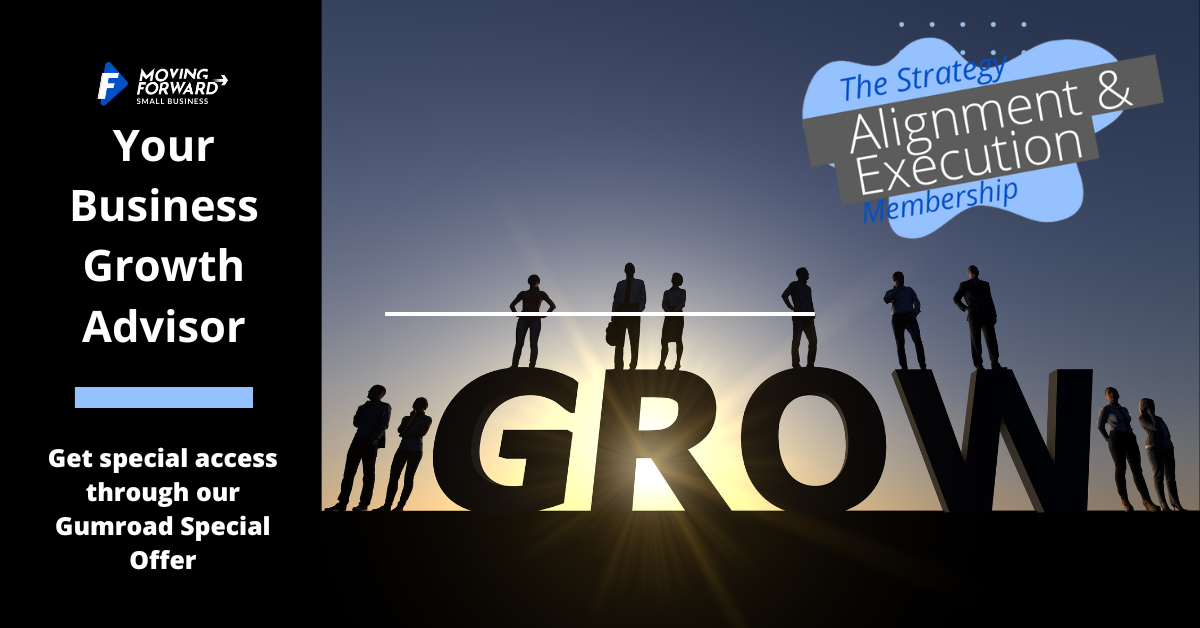Which type of media is more cost-effective for businesses: earned or paid?
Both earned and paid media have their advantages, but earned media is often more cost-effective for businesses. While paid media requires a financial investment upfront, earned media relies on organic exposure through PR efforts, which can result in higher credibility and visibility without ongoing costs.
Key Highlights
- Understanding the differences between earned media and paid media is crucial for developing an effective marketing strategy. (types of media marketing strategy)
- Earned media is the attention and exposure that your brand receives through word of mouth, social media mentions, and media coverage. (earned media, word of mouth, media coverage)
- Paid media, on the other, involves paying to display promotional content on various platforms such as social media, search engines, and websites. (paid media, display ads)
- Both earned media and paid media play a significant role in building brand awareness and reaching potential customers. (brand awareness, potential customers)
- It is essential to leverage different media channels to maximize the impact of your marketing efforts. (media channels)
Introduction
In today’s digital world, where consumers are constantly bombarded with advertisements and content, it is becoming increasingly challenging for businesses to cut through the noise and reach their target audience. This is where earned media and paid media come into play. Understanding the differences between these two forms of media and knowing how to leverage them can make a significant difference in the success of your marketing campaigns.
Earned media refers to the attention and exposure that your brand receives through word of mouth, social media mentions, media coverage, and customer reviews. It is the result of your brand’s reputation and the positive experiences and interactions that customers have with your products or services. Earned media is incredibly powerful because it comes from a trusted source – other people. When someone recommends your brand or shares their positive experience, it creates a level of trust and credibility that traditional advertising can’t achieve.
Paid media, on the other hand, involves paying to display promotional content on various platforms such as social media, search engines, and websites. It allows you to have complete control over the message, timing, and placement of your advertisements. Paid media is an effective way to reach a larger audience and generate immediate results. It can help increase brand visibility, drive traffic to your website, and boost conversions.
While both earned media and paid media have their advantages, it is important to strike a balance and leverage the strengths of each. By combining earned media’s authenticity and credibility with paid media’s control and reach, businesses can create a comprehensive marketing strategy that maximizes results and drives business growth.
Understanding Earned Media vs Paid Media
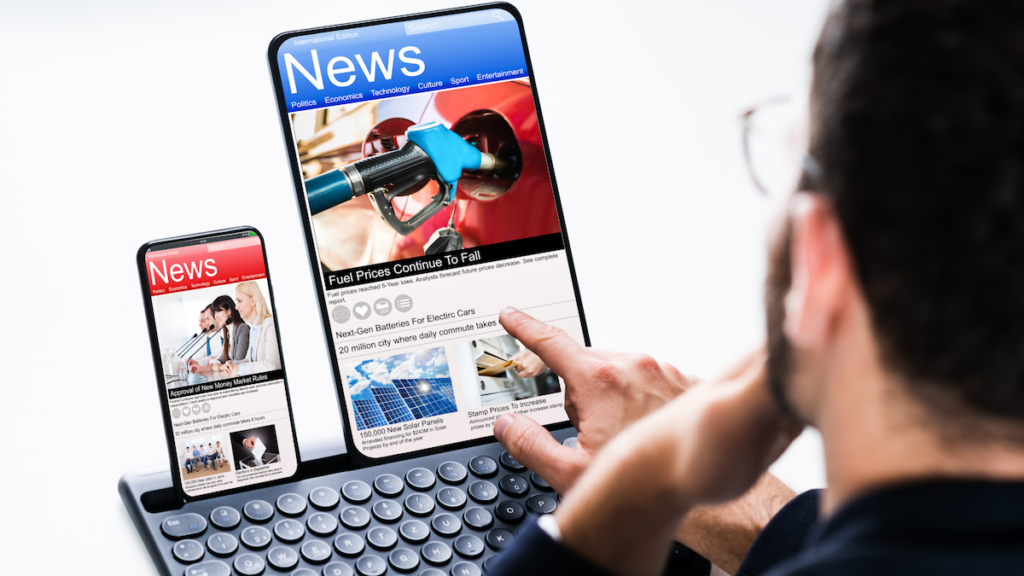
To truly understand the nuances of earned media and paid media, it is important to delve deeper into the world of digital marketing and social media.
Digital marketing encompasses all marketing efforts that use digital channels such as search engines, social media, email marketing, and websites to connect with potential customers. Social media, in particular, has revolutionized the way brands interact with their audience and has become a key player in the world of media marketing.
Social media platforms such as Facebook, Instagram, Twitter, and LinkedIn have billions of active users, making them valuable channels for businesses to reach their target audience. Through social media marketing, brands can create and share content, engage with their audience, and amplify their message. It is within this realm that both earned media and paid media find their place.
Definitions and Key Differences
Let’s start by defining earned media and paid media and understanding the key differences between the two.
Earned media refers to the attention and exposure that your brand receives through word of mouth, social media mentions, media coverage, and customer reviews. It is essentially free publicity generated by others talking about your brand. Earned media is based on the positive experiences and interactions that customers have with your products or services, and it is incredibly powerful because it comes from a trusted source – other people.
Paid media, on the other hand, involves paying to display promotional content on various platforms such as social media, search engines, and websites. It allows you to have complete control over the message, timing, and placement of your advertisements. Paid media is an effective way to reach a larger audience and generate immediate results.
The key difference between earned media and paid media lies in the source and control of the content. Earned media is generated by others talking about your brand, while paid media is created and controlled by your brand. Earned media relies on word of mouth and organic mentions, while paid media requires a financial investment.
Importance for Small Businesses
Both earned media and paid media are crucial for small businesses to gain visibility, reach potential customers, and compete in the digital landscape.
For small businesses, building brand awareness and reaching a wider audience can be challenging, especially with limited resources and budget constraints. Earned media provides an opportunity to leverage the power of word of mouth and positive customer experiences to generate buzz and attract potential customers. By providing exceptional products or services, small businesses can encourage their customers to become brand advocates and share their experiences with others.
Paid media, on the other hand, allows small businesses to target specific audiences and amplify their message through various digital channels. It provides an opportunity to reach potential customers who may not be aware of the business and its offerings. With paid media, small businesses can create targeted advertisements and content that resonates with their target audience, ultimately driving traffic to their website and increasing conversions.
By leveraging both earned media and paid media, small businesses can maximize their marketing efforts and establish a strong online presence. It allows them to compete with larger brands and gain the attention of potential customers in a crowded digital landscape.
The Role of Earned Media in Your Marketing Strategy
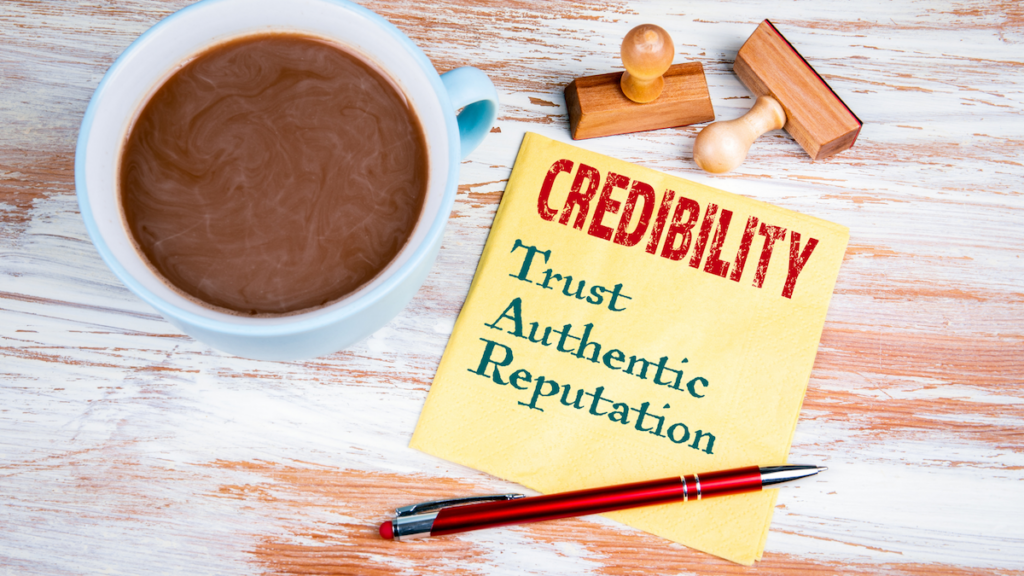
Earned media plays a crucial role in your marketing strategy, especially when it comes to building brand credibility and reaching a wider audience. Let’s explore some of the key benefits of leveraging earned media.
First and foremost, earned media provides social proof for your brand. When customers share positive experiences and recommendations, it creates a level of trust and credibility that traditional advertising can’t achieve. People are more likely to trust recommendations from friends, family, or influencers they follow.
Additionally, earned media can help your brand generate media coverage. When journalists, bloggers, or influencers mention your brand or products in their content, it creates an opportunity for increased visibility and reach. Media coverage can expose your brand to a larger audience and drive traffic to your website.
Influencer marketing is another powerful aspect of earned media. Collaborating with influencers who align with your brand values and target audience can help you reach a highly engaged and relevant audience. Influencers have built a loyal following and their recommendations can carry a lot of weight, making it an effective way to generate buzz and attract new customers.
Overall, earned media helps amplify your brand’s message and build credibility in the eyes of your audience. By providing exceptional experiences and encouraging word of mouth, you can harness the power of earned media to grow your business.
Benefits of Leveraging Earned Media
Leveraging earned media in your marketing strategy can provide numerous benefits for your brand. Here are some key advantages:
- Increased brand credibility: Earned media provides social proof, which enhances your brand’s credibility and trustworthiness.
- Expanded reach: When others share their positive experiences with your brand, it exposes your business to a wider audience and increases your reach.
- Cost-effective marketing: Earned media is essentially free publicity, allowing you to generate buzz and visibility without significant financial investment.
- Organic reach: Earned media has the potential to reach a larger audience organically through word of mouth and social media shares.
- Relationship building: Building relationships with customers and influencers through earned media can lead to long-term brand advocacy and loyalty.
By leveraging earned media, you can amplify your brand’s message, increase visibility, and build a strong reputation in the minds of your target audience.
Real-Life Success Stories
Real-life success stories can provide valuable insights into the power of earned media and its impact on businesses. Let’s explore a few examples:
- Airbnb: Airbnb leveraged earned media through compelling user experiences and word of mouth recommendations. By providing unique accommodations and exceptional hospitality, Airbnb guests shared their positive experiences on social media and through word of mouth, driving significant brand awareness and growth.
- GoPro: GoPro, the action camera company, utilized earned media by encouraging its customers to share their exciting adventures captured on GoPro cameras. These user-generated content and testimonials created a strong sense of community and trust around the brand, leading to increased sales and brand loyalty.
- Glossier: Glossier, a beauty and skincare company, built a strong brand presence through earned media. With a focus on creating a community-driven brand, Glossier encouraged its customers to share their skincare routines and makeup looks on social media. This user-generated content not only served as authentic testimonials but also generated a buzz around the brand, attracting new customers and driving sales.
These success stories demonstrate the power of earned media in building brand awareness, generating word of mouth recommendations, and establishing a loyal customer base.
Navigating the World of Paid Media
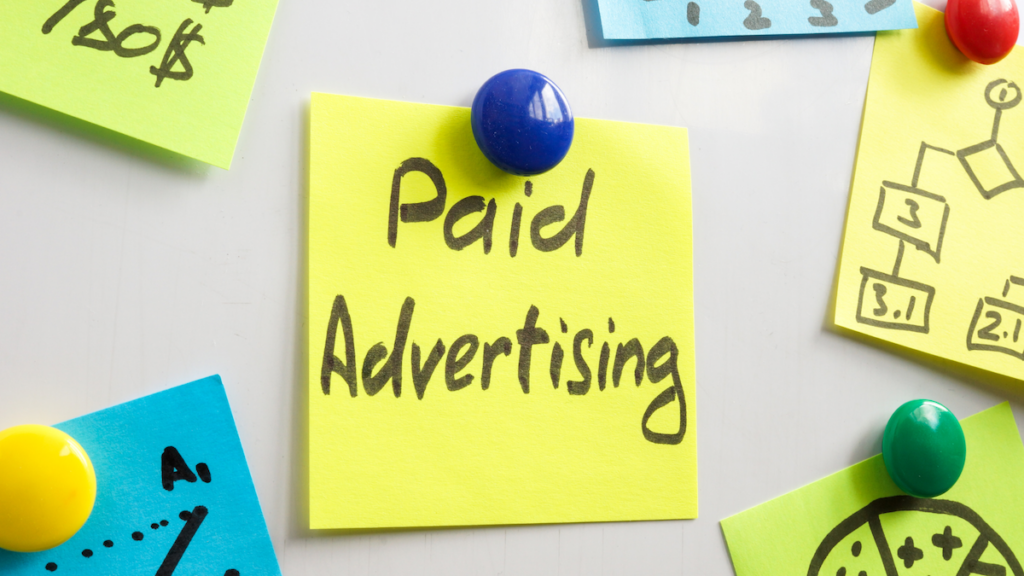
While earned media is a powerful tool in your marketing strategy, paid media also plays a significant role in reaching your target audience and driving business growth. Let’s explore how to navigate the world of paid media effectively.
Paid media refers to advertising efforts that involve paying to display promotional content on various platforms such as social media, search engines, and websites. It provides businesses with complete control over the message, timing, and placement of advertisements, allowing them to reach a larger audience and drive targeted traffic.
To effectively navigate the world of paid media, businesses should consider the following:
- Define your target audience: Clearly identify your target audience and their demographics, interests, and preferences to optimize your paid media efforts.
- Develop a digital marketing strategy: Create a comprehensive digital marketing strategy that aligns with your business goals and objectives. This strategy should outline the platforms, channels, and tactics you will utilize for paid media advertising.
- Set a budget: Determine a realistic budget for your paid media campaigns based on your business’s financial resources and marketing goals.
- Monitor and optimize: Continuously monitor the performance of your paid media campaigns and make necessary adjustments to optimize results and maximize return on investment.
By effectively navigating the world of paid media, businesses can reach their target audience, increase brand visibility, and drive conversions.
When to Opt for Paid Media
Paid media can be a valuable addition to your marketing strategy in specific situations. Here are some instances when opting for paid media is beneficial:
- Launching a new product: When introducing a new product or service to the market, paid media can help generate awareness, reach a wider audience, and drive initial sales.
- Targeting a specific audience: Paid media allows you to target specific demographics, interests, and behaviors, ensuring that your message reaches the right audience and maximizes the impact of your marketing efforts.
- Increasing brand visibility: If your brand is relatively unknown or you’re expanding into a new market, paid media can help increase brand visibility, create awareness, and attract potential customers.
- Promoting time-sensitive offers: Paid media is effective for promoting limited-time offers, flash sales, or seasonal promotions, as it allows you to reach a large audience quickly and generate immediate results.
- Driving direct traffic: Paid media can help drive direct traffic to your website or landing page, bypassing the need for organic search rankings and increasing the chances of conversions and sales.
By strategically incorporating paid media into your marketing mix, you can effectively reach your target audience, create brand visibility, and achieve specific marketing objectives.
Maximizing ROI with Paid Advertising
Paid advertising can be a powerful tool for businesses to maximize their return on investment (ROI) and achieve their marketing goals. Here are some strategies to maximize ROI with paid advertising:
- Targeted campaigns: Develop targeted campaigns that focus on reaching the right audience with the right message at the right time. Utilize data and insights to refine your targeting and ensure your ads are shown to the most relevant audience.
- Compelling ad copy: Craft compelling ad copy that captures attention, communicates your value proposition, and entices users to click. Use clear and concise language, highlight unique selling points, and include a strong call to action.
- Landing page optimization: Create dedicated landing pages that align with your ad copy and provide a seamless user experience. Optimize your landing pages for conversion by including relevant information, clear CTAs, and compelling visuals.
- Conversion tracking: Implement conversion tracking to measure the effectiveness of your paid advertising campaigns. Monitor key metrics such as click-through rates, conversion rates, and cost per acquisition to identify areas for improvement and optimize your campaigns.
- A/B testing: Continuously test and optimize your ad campaigns by conducting A/B tests. Experiment with different ad formats, headlines, visuals, and CTAs to identify what resonates best with your target audience and drives the highest conversion rates.
By implementing these strategies, businesses can maximize their ROI with paid advertising and drive significant results for their marketing efforts.
Beginner’s Guide to Mastering Earned Media

Earned media can be a powerful tool for businesses to build brand awareness, establish credibility, and reach a wider audience. Here’s a beginner’s guide to mastering earned media:
- Focus on content marketing: Create valuable and shareable content that resonates with your target audience. Develop a content strategy that aligns with your brand values and objectives, and consistently produce high-quality content across various platforms.
- Embrace social media marketing: Leverage social media platforms to engage with your audience, encourage user-generated content, and amplify your brand message. Cultivate a strong social media presence and foster meaningful relationships with your followers and influencers in your industry.
- Collaborate with media outlets: Build relationships with journalists, bloggers, and influencers in your industry. Offer them valuable content, insights, and access to your brand to secure media coverage and mentions.
By mastering earned media, businesses can leverage the power of word of mouth, social sharing, and media coverage to grow their brand and reach their target audience effectively.
What You Will Need to Get Started
To get started with earned media, you will need a few essential components. Here’s what you will need:
- A strong online presence: Establish a strong online presence through your website and social media channels. Ensure that your brand’s online assets are up-to-date, visually appealing, and aligned with your brand identity.
- Valuable content: Create valuable and shareable content that provides value to your target audience. Develop a content strategy that includes blog posts, articles, videos, and infographics that resonate with your audience and align with your brand values.
- Engaging social media presence: Cultivate an engaging social media presence across platforms relevant to your target audience. Post regularly, interact with your followers, and share valuable content that encourages engagement and sharing.
- Relationship building: Build relationships with influencers, journalists, and bloggers in your industry. Engage with their content, offer valuable insights, and collaborate on mutually beneficial opportunities.
By having these essential components in place, you will be well-equipped to start mastering earned media and harness its power to grow your brand.
Step 1: Creating Valuable Content
Creating valuable content is the first step in mastering earned media. Here’s how to create valuable content that resonates with your audience and drives brand awareness:
- Understand your audience: Research and identify your target audience’s needs, interests, and pain points. This will help you create content that addresses their specific challenges and provides value.
- Develop a content strategy: Create a content strategy that aligns with your brand goals and objectives. Determine the types of content you will create, the platforms you will utilize, and the frequency of your content production.
- Provide unique insights: Differentiate your content by providing unique insights, perspectives, and expertise. Offer valuable and actionable information that sets you apart from your competitors.
- Optimize for search engines: Incorporate relevant keywords and optimize your content for search engines to improve its discoverability. This will increase the chances of your content being found and shared by your target audience.
By consistently creating valuable content that addresses your audience’s needs and interests, you can establish yourself as a thought leader in your industry and attract organic word of mouth and media coverage.
Step 2: Engaging with Your Audience
Engaging with your audience is a crucial step in mastering earned media. Here’s how to effectively engage with your audience:
- Be present on social media: Maintain an active presence on social media platforms relevant to your target audience. Respond to comments, messages, and mentions in a timely manner to demonstrate your commitment to customer engagement.
- Encourage user-generated content: Encourage your audience to create and share content related to your brand. Run contests, campaigns, or challenges that prompt your audience to share their experiences, stories, or opinions.
- Foster a community: Cultivate a sense of community among your audience by creating spaces for them to connect and engage with each other. This can be done through Facebook groups, online forums, or dedicated hashtags on social media.
- Monitor and respond to feedback: Pay attention to feedback and reviews from your audience. Acknowledge positive feedback and address negative feedback promptly and professionally. This shows your commitment to customer satisfaction and helps build trust and loyalty.
By actively engaging with your audience, you can foster a loyal community of brand advocates who are more likely to share their positive experiences, provide recommendations, and generate buzz around your brand.
Step 3: Building Relationships with Influencers
Building relationships with influencers is a powerful strategy for mastering earned media. Here’s how to effectively build relationships with influencers:
- Research and identify relevant influencers: Identify influencers in your industry who align with your brand values and target audience. Look for influencers with a strong online presence, engaged followers, and a track record of collaborating with brands.
- Engage with influencers’ content: Engage with influencers’ content by commenting, sharing, and tagging them in relevant posts. This helps build familiarity and rapport with the influencers.
- Offer value to influencers: Provide value to influencers by offering them exclusive content, access to your brand, or opportunities for collaboration. This helps establish mutually beneficial relationships and encourages influencers to advocate for your brand.
- Collaborate on content: Collaborate with influencers on content creation, such as guest blog posts, social media takeovers, or product reviews. This helps generate buzz, reach a wider audience, and leverage the influencers’ credibility and influence.
By building authentic and mutually beneficial relationships with influencers, you can harness the power of their influence and reach to amplify your brand message and attract new customers.
Beginner’s Guide to Utilizing Paid Media Effectively
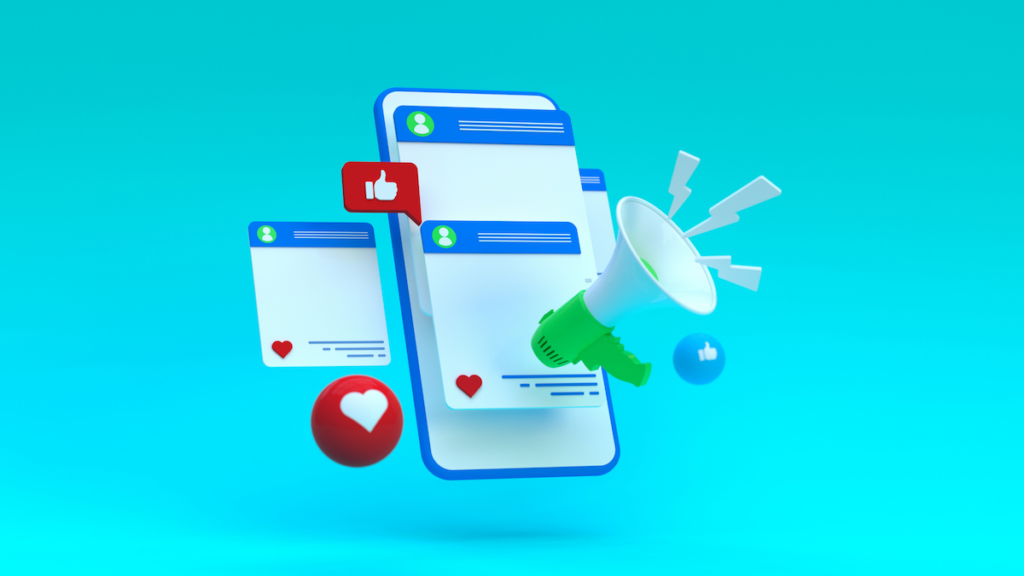
Paid media is a valuable tool for businesses to reach their target audience and drive business growth. Here’s a beginner’s guide to utilizing paid media effectively:
Paid media refers to advertising efforts that involve paying to display promotional content on various platforms such as social media, search engines, and websites. It provides businesses with complete control over the message, timing, and placement of advertisements.
To utilize paid media effectively, businesses should consider the following:
- Select the right media channels: Identify the media channels that are most relevant to your target audience and align with your marketing objectives. This could include platforms such as Facebook, Instagram, Google Ads, or LinkedIn.
- Develop a digital marketing strategy: Create a comprehensive digital marketing strategy that outlines your goals, target audience, and budget allocation for paid media. This will help ensure that your paid media efforts are aligned with your overall marketing objectives.
- Create compelling advertisements: Craft compelling ad copy and visuals that capture your audience’s attention and communicate your brand’s value proposition. Focus on highlighting the unique features, benefits, or promotions that set your brand apart.
- Monitor and optimize: Continuously monitor the performance of your paid media campaigns and make necessary adjustments to optimize results. This may involve testing different ad formats, targeting options, or messaging to maximize your return on investment.
By utilizing paid media effectively, businesses can reach their target audience, increase brand visibility, and drive conversions and sales.
Preliminary Steps for Successful Campaigns
Before launching your paid media campaigns, there are a few preliminary steps that can help ensure their success. Here are some key considerations:
- Define your marketing strategy: Clearly define your marketing goals, target audience, and key messages. This will help you create focused and effective paid media campaigns that resonate with your intended audience.
- Identify your target audience: Conduct thorough research to understand your target audience’s demographics, interests, and behaviors. This will enable you to tailor your paid media campaigns to reach the right people at the right time.
- Optimize your web property: Ensure that your website or landing page is optimized for conversions. Create a seamless user experience, compelling visuals, and clear calls to action to maximize the effectiveness of your paid media campaigns.
- Set clear objectives and metrics: Define specific objectives for your paid media campaigns and establish key performance indicators (KPIs) to measure success. This will help you track and evaluate the effectiveness of your campaigns and make data-driven decisions.
By taking these preliminary steps, you can set a strong foundation for successful paid media campaigns and increase the likelihood of achieving your marketing goals.
Step 1: Identifying the Right Platforms
Identifying the right platforms is a crucial step in utilizing paid media effectively. Here’s how to identify the right platforms for your paid media campaigns:
- Understand your target audience: Research and understand your target audience’s demographics, interests, and behaviors. This will help you identify the platforms they frequent and the channels they engage with.
- Consider social media platforms: Social media platforms such as Facebook, Instagram, Twitter, and LinkedIn offer robust advertising options and targeting capabilities. Evaluate which platforms align with your target audience and allow you to effectively communicate your brand message.
- Explore search engine advertising: Search engine advertising, such as Google Ads, can be an effective way to reach potential customers who are actively searching for products or services similar to yours. Consider whether search engine advertising aligns with your marketing objectives and target audience.
- Evaluate other media channels: Consider other media channels such as display advertising, video advertising, or influencer collaborations. Assess their reach, relevance to your target audience, and potential impact on your marketing goals.
By carefully evaluating and selecting the right platforms for your paid media campaigns, you can ensure that your advertising efforts reach the right audience and generate the desired results.
Step 2: Setting a Budget and Goals
Setting a budget and goals is a critical step in maximizing the effectiveness of your paid media campaigns. Here’s how to set a budget and goals for your campaigns:
- Define your marketing goals: Clearly define your marketing objectives and what you want to achieve with your paid media campaigns. Whether it’s generating brand awareness, increasing website traffic, or driving conversions, setting specific goals will help guide your budget allocation.
- Assess your financial resources: Evaluate your available budget and resources to determine how much you can allocate to paid media campaigns. Consider both short-term and long-term financial implications and set a realistic budget that aligns with your goals.
- Allocate your budget strategically: Allocate your budget strategically to different types of paid media campaigns, such as display ads, social media ads, or direct mail. Consider the costs associated with each channel, their potential reach, and the expected return on investment.
- Monitor and adjust your budget: Continuously monitor the performance of your paid media campaigns and adjust your budget allocation based on the results. Shift resources to the most effective campaigns and channels to maximize your return on investment.
By setting a clear budget and goals for your paid media campaigns, you can ensure that your resources are allocated effectively and that you are working towards achieving your marketing objectives.
Step 3: Crafting Compelling Advertisements
Crafting compelling advertisements is essential to the success of your paid media campaigns. Here’s how to create ads that capture attention and drive results:
- Know your audience: Understand your target audience’s demographics, interests, and preferences. This will help you create ads that resonate with them and speak directly to their needs and desires.
- Develop a strong value proposition: Clearly communicate the unique value that your product or service offers. Highlight the benefits, features, and solutions that set your brand apart from competitors.
- Use engaging visuals: Incorporate visually appealing images or videos that grab attention and convey your brand’s message effectively. Ensure that your visuals are high quality, relevant to your audience, and aligned with your brand identity.
- Optimize for the user experience: Consider the user experience when crafting your ads. Make sure they are mobile-friendly, load quickly, and provide clear calls to action that guide users towards the desired action.
By crafting compelling advertisements that resonate with your audience, you can increase engagement, drive conversions, and maximize the effectiveness of your paid media campaigns.
Measuring Success in Earned and Paid Media

Measuring success in both earned and paid media is crucial to understanding the impact of your marketing efforts and making data-driven decisions. Here’s how to measure success in earned and paid media:
Paid media: Track key performance indicators (KPIs) such as click-through rates, conversion rates, cost per acquisition, and return on ad spend. Use tools and analytics platforms to measure and analyze the performance of your paid media campaigns.
Earned media: Monitor and measure metrics such as social media mentions, media coverage, website traffic, and customer reviews. Use social listening tools and media monitoring platforms to track and analyze the impact of your earned media efforts.
By effectively measuring success in both earned and paid media, you can optimize your marketing strategy, allocate resources more effectively, and drive better results for your business.
Key Performance Indicators (KPIs) for Earned Media
Earned media plays a vital role in your marketing strategy, as it relies on organic endorsements and positive mentions from third parties. Tracking the performance of your earned media efforts is crucial to measure the impact and effectiveness of your brand’s visibility and reputation. Here are some key performance indicators (KPIs) to consider when evaluating your earned media:
- Media Coverage: Measure the number and quality of media outlets that mention your brand. Track the reach and impressions generated through media coverage, as well as the sentiment and tone of the coverage. This can provide insights into the overall perception of your brand in the media.
- Social Media Mentions: Monitor the number of mentions and interactions your brand receives on social media platforms. Look for positive sentiment, engagement metrics such as likes, shares, and comments, and the potential reach of these mentions. This can help gauge the level of brand awareness and engagement among your target audience.
- Influencer Engagement: Evaluate the effectiveness of influencer marketing campaigns by tracking the engagement and reach of influencers who mention or endorse your brand. Measure metrics such as likes, comments, and shares on influencer posts, as well as the growth in your own social media following as a result of these collaborations.
- Website Referral Traffic: Analyze the amount of traffic your website receives from earned media sources, such as backlinks from news articles, blog mentions, or social media posts. This can indicate the level of interest generated by your earned media efforts and the effectiveness of your content in driving traffic to your website.
- Content Engagement: Assess the engagement metrics of your owned content that has been shared or mentioned by third parties. Measure the number of shares, comments, and backlinks to your content, as well as the time spent on page and the conversion rates associated with these interactions. This can indicate the level of interest and trust generated by your content among your target audience.
By monitoring these key performance indicators for earned media, you can gain valuable insights into the success of your brand’s visibility and reputation-building efforts. Use these metrics to inform your content marketing and social media strategies, and identify areas for improvement and growth.
| KPI | Measurement |
| Media Coverage | Number of media mentions, reach, impressions, sentiment |
| Social Media Mentions | Number of mentions, engagement metrics, sentiment |
| Influencer Engagement | Engagement metrics on influencer posts, growth in social media following |
| Website Referral Traffic | Amount of traffic from earned media sources |
| Content Engagement | Sharing, comments, backlinks, time spent on page, conversion rates |
Tracking ROI and Analytics for Paid Media
Paid media is a valuable component of your marketing strategy, as it allows you to reach a wider audience and drive immediate results. However, it’s essential to track the return on investment (ROI) and analyze the analytics of your paid media efforts to ensure their effectiveness. Here are some key aspects to consider when tracking ROI and analytics for paid media:
- Conversion Tracking: Set up conversion tracking for your paid media campaigns to measure the number of leads or sales generated as a result of your marketing efforts. This can help you determine the success of your campaigns and make data-driven decisions for optimization.
- Cost per Acquisition (CPA): Calculate the average cost per acquisition for your paid media campaigns by dividing the total cost of the campaign by the number of acquisitions. This metric helps you understand the efficiency of your marketing spend and compare the performance of different campaigns.
- Click-Through Rate (CTR): Monitor the click-through rate of your paid media ads, which measures the percentage of users who clicked on your ad after viewing it. A high CTR indicates the effectiveness of your ad copy and visual elements in capturing users’ attention and driving engagement.
- Return on Ad Spend (ROAS): Calculate the return on ad spend by dividing the revenue generated from your paid media campaigns by the total cost of the campaigns. This metric helps you evaluate the profitability of your advertising efforts and optimize your budget allocation.
- Audience Insights: Utilize the audience insights provided by platforms such as Google Ads and social media advertising platforms to understand the demographics, interests, and behaviors of your target audience. This data can help you refine your targeting and tailor your messaging to reach the right audience effectively.
By tracking these metrics and analyzing the analytics of your paid media campaigns, you can optimize your marketing efforts for maximum ROI. Use the data-driven insights to make informed decisions, refine your targeting, and continuously improve the performance of your paid media strategies.
Conclusion
In conclusion, mastering the balance between earned media and paid media is crucial for small businesses to thrive in the competitive marketing landscape. By creating valuable content, engaging with your audience, and building relationships with influencers, you can leverage earned media effectively. Similarly, identifying the right platforms, setting clear goals, and crafting compelling advertisements are key steps in utilizing paid media. By measuring success through KPIs for earned media and tracking ROI for paid media, you can optimize your marketing strategy for maximum impact. Embrace the power of both earned and paid media to elevate your brand’s visibility and drive growth. Check out our done-for-you press release services to take your marketing efforts to the next level.
Frequently Asked Questions
How Long Does It Take to See Results from Earned Media?
The timeline for seeing results from earned media can vary depending on several factors. It often takes time and consistent effort to build brand awareness and generate positive word-of-mouth. The impact of earned media can be cumulative, with each mention or endorsement contributing to increased visibility and reputation.
Typically, it takes several months of sustained content marketing, social media posts, and engagement to start seeing significant results from earned media. However, it’s important to remember that the effectiveness of your earned media efforts also depends on the quality and relevance of your content, the reach and influence of the sources mentioning your brand, and the overall marketing strategy and media channels you employ.
To maximize the impact of earned media on your marketing strategy, it’s crucial to have a long-term approach and consistently engage with your target audience through valuable content and meaningful interactions. By building a strong foundation of earned media, you can establish brand credibility, generate organic growth, and drive sustainable business results.
Can Small Businesses Compete with Big Brands in Paid Media?
Yes, small businesses can compete with big brands in paid media by targeting their specific audience effectively and utilizing their marketing budget wisely. Digital advertising platforms, such as social media ads, provide options for precise targeting based on demographics, interests, and behaviors. This allows small businesses to reach their target audience with relevant content and compete on a level playing field with big brands.
Moreover, small businesses can take advantage of their agility and creativity to stand out in paid media campaigns. By focusing on niche markets, leveraging unique selling points, and utilizing engaging ad formats, small businesses can effectively compete for attention and generate results.
Budget allocation is another crucial factor for small businesses in paid media. While big brands may have larger marketing budgets, small businesses can optimize their spending by targeting specific audiences and utilizing cost-effective advertising options. By carefully planning and monitoring the performance of paid media campaigns, small businesses can achieve significant results and compete effectively with big brands.
